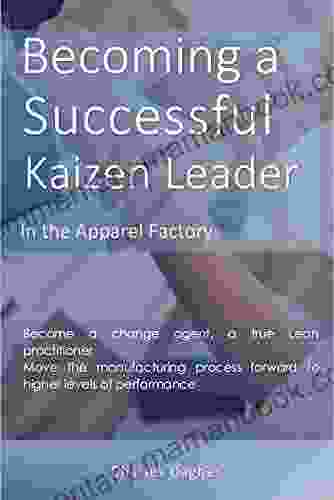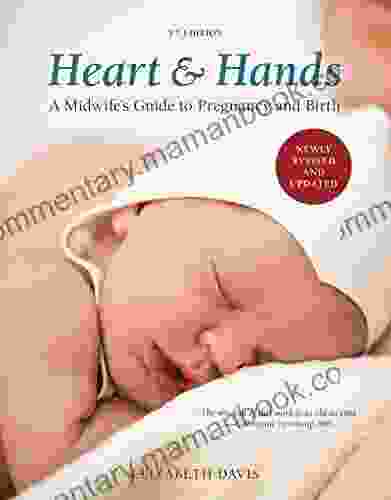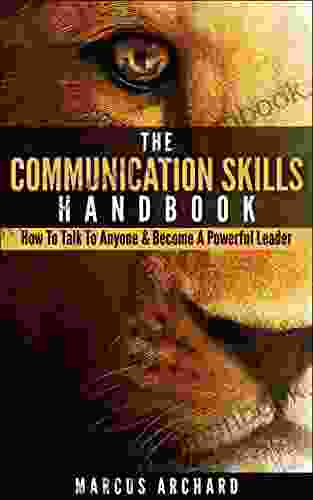ESL or You Weren't Here: The Hidden Curriculum of Academic English

For many students, the transition to higher education can be a challenging one. They must not only adjust to a new academic environment, but they must also learn the unspoken rules and expectations that govern success in that environment. This hidden curriculum can be particularly difficult for students who are not native speakers of English.
5 out of 5
| Language | : | English |
| File size | : | 1224 KB |
| Text-to-Speech | : | Enabled |
| Enhanced typesetting | : | Enabled |
| Print length | : | 122 pages |
| Screen Reader | : | Supported |
The hidden curriculum of academic English is a set of unwritten rules and expectations that students must learn to navigate in order to succeed in academic settings where English is the language of instruction. These rules and expectations can include things like:
- The expected level of formality in written and spoken communication
- The conventions of academic writing, such as the use of citations and references
- The expectations for participation in class discussions
- The assumptions about cultural knowledge and background information
Students who are not native speakers of English may not be aware of these hidden rules and expectations, which can lead to feelings of exclusion and discouragement. They may feel like they are not "smart enough" or "good enough" to succeed in academic settings, when in reality they simply need to learn the hidden curriculum.
It is important to recognize and address the hidden curriculum in order to create more equitable and inclusive learning environments for all students. This can be done through a variety of means, such as:
- Providing explicit instruction on the hidden curriculum
- Creating opportunities for students to practice the hidden curriculum
- Encouraging faculty to be aware of the hidden curriculum and to make their expectations clear
- Creating a supportive learning environment where students feel comfortable asking for help
By recognizing and addressing the hidden curriculum, we can help to create more equitable and inclusive learning environments for all students, regardless of their native language.
The Impact of the Hidden Curriculum on ESL Students
The hidden curriculum can have a significant impact on ESL students. They may feel like they are not "smart enough" or "good enough" to succeed in academic settings, when in reality they simply need to learn the hidden curriculum. This can lead to feelings of exclusion and discouragement, which can make it difficult to succeed in school.
In addition, the hidden curriculum can also lead to students being misjudged by their teachers. For example, a student who is not familiar with the conventions of academic writing may be seen as "unintelligent" or "lazy," when in reality they simply need to learn the expected conventions.
It is important to remember that ESL students are just as capable of succeeding in academic settings as native speakers of English. However, they may need additional support to learn the hidden curriculum. By providing explicit instruction on the hidden curriculum, creating opportunities for students to practice the hidden curriculum, and encouraging faculty to be aware of the hidden curriculum, we can help to create more equitable and inclusive learning environments for all students.
How to Address the Hidden Curriculum in the Classroom
There are a number of things that faculty can do to address the hidden curriculum in their classrooms. These include:
- Providing explicit instruction on the hidden curriculum. This can be done through a variety of means, such as handouts, workshops, or class discussions.
- Creating opportunities for students to practice the hidden curriculum. This can be done through assignments, group projects, or presentations.
- Encouraging faculty to be aware of the hidden curriculum and to make their expectations clear. This can be done through faculty development workshops or by providing faculty with resources on the hidden curriculum.
- Creating a supportive learning environment where students feel comfortable asking for help. This can be done by creating a welcoming classroom environment and by being responsive to students' questions and concerns.
By addressing the hidden curriculum in the classroom, faculty can help to create more equitable and inclusive learning environments for all students.
The hidden curriculum of academic English is a set of unwritten rules and expectations that students must learn to navigate in order to succeed in academic settings where English is the language of instruction. These rules and expectations can include things like the expected level of formality in written and spoken communication, the conventions of academic writing, the expectations for participation in class discussions, and the assumptions about cultural knowledge and background information.
Students who are not native speakers of English may not be aware of these hidden rules and expectations, which can lead to feelings of exclusion and discouragement. They may feel like they are not "smart enough" or "good enough" to succeed in academic settings, when in reality they simply need to learn the hidden curriculum.
It is important to recognize and address the hidden curriculum in order to create more equitable and inclusive learning environments for all students. This can be done through a variety of means, such as providing explicit instruction on the hidden curriculum, creating opportunities for students to practice the hidden curriculum, encouraging faculty to be aware of the hidden curriculum and to make their expectations clear, and creating a supportive learning environment where students feel comfortable asking for help.
5 out of 5
| Language | : | English |
| File size | : | 1224 KB |
| Text-to-Speech | : | Enabled |
| Enhanced typesetting | : | Enabled |
| Print length | : | 122 pages |
| Screen Reader | : | Supported |
Do you want to contribute by writing guest posts on this blog?
Please contact us and send us a resume of previous articles that you have written.
 Top Book
Top Book Novel
Novel Fiction
Fiction Nonfiction
Nonfiction Literature
Literature Paperback
Paperback Hardcover
Hardcover E-book
E-book Audiobook
Audiobook Bestseller
Bestseller Classic
Classic Mystery
Mystery Thriller
Thriller Romance
Romance Fantasy
Fantasy Science Fiction
Science Fiction Biography
Biography Memoir
Memoir Autobiography
Autobiography Poetry
Poetry Drama
Drama Historical Fiction
Historical Fiction Self-help
Self-help Young Adult
Young Adult Childrens Books
Childrens Books Graphic Novel
Graphic Novel Anthology
Anthology Series
Series Encyclopedia
Encyclopedia Reference
Reference Guidebook
Guidebook Textbook
Textbook Workbook
Workbook Journal
Journal Diary
Diary Manuscript
Manuscript Folio
Folio Pulp Fiction
Pulp Fiction Short Stories
Short Stories Fairy Tales
Fairy Tales Fables
Fables Mythology
Mythology Philosophy
Philosophy Religion
Religion Spirituality
Spirituality Essays
Essays Critique
Critique Commentary
Commentary Glossary
Glossary Bibliography
Bibliography Index
Index Table of Contents
Table of Contents Preface
Preface Introduction
Introduction Foreword
Foreword Afterword
Afterword Appendices
Appendices Annotations
Annotations Footnotes
Footnotes Epilogue
Epilogue Prologue
Prologue Emily Eusanio
Emily Eusanio Jolin White
Jolin White M V Kasi
M V Kasi Joe Awsum
Joe Awsum Marion Nash
Marion Nash Douglas Hedley
Douglas Hedley Rachel Mcmillan
Rachel Mcmillan Caroline Corcoran
Caroline Corcoran Jennifer Allen
Jennifer Allen Dan Ames
Dan Ames Heidi Murkoff
Heidi Murkoff Robert E Howard
Robert E Howard Jeff Mccarley
Jeff Mccarley Naomi Kritzer
Naomi Kritzer Tanoa Taiku
Tanoa Taiku Adam Aarons
Adam Aarons Alison Toplis
Alison Toplis Craig Storti
Craig Storti Sachin Kumar
Sachin Kumar Willa Cather
Willa Cather
Light bulbAdvertise smarter! Our strategic ad space ensures maximum exposure. Reserve your spot today!
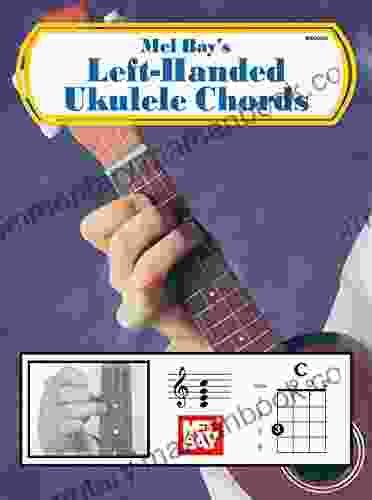
 Denzel HayesMastering the Art of Left-Handed Ukulele Chords with Mel Bay's Comprehensive...
Denzel HayesMastering the Art of Left-Handed Ukulele Chords with Mel Bay's Comprehensive...
 Javier BellOne Piece Vol 94: Soldier Dream - An Epic Tale of Courage, Sacrifice, and the...
Javier BellOne Piece Vol 94: Soldier Dream - An Epic Tale of Courage, Sacrifice, and the... Francisco CoxFollow ·2.9k
Francisco CoxFollow ·2.9k Edwin CoxFollow ·2.9k
Edwin CoxFollow ·2.9k Scott ParkerFollow ·18.1k
Scott ParkerFollow ·18.1k Clark BellFollow ·13.5k
Clark BellFollow ·13.5k Aleksandr PushkinFollow ·2.6k
Aleksandr PushkinFollow ·2.6k Colin FosterFollow ·4.2k
Colin FosterFollow ·4.2k Jeff FosterFollow ·16.5k
Jeff FosterFollow ·16.5k David BaldacciFollow ·11.5k
David BaldacciFollow ·11.5k
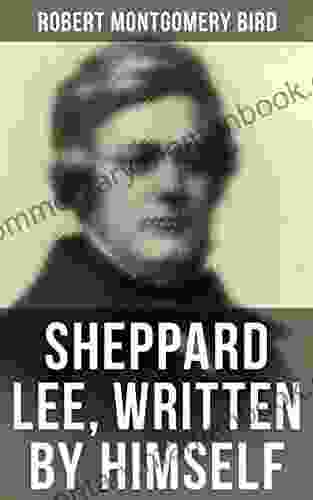
 Kelly Blair
Kelly BlairSheppard Lee Written By Himself: A Journey of...
In the realm of...
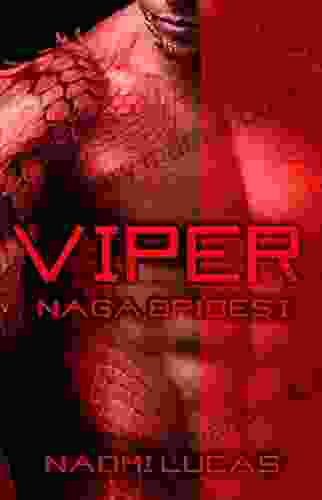
 George Bernard Shaw
George Bernard ShawViper Naga Brides: Unveiling the Enthralling Fantasy...
In the realm of...
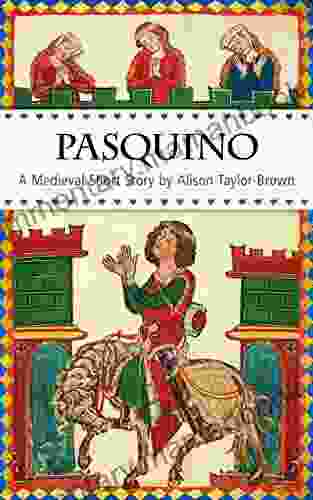
 Neil Gaiman
Neil GaimanOnce Upon a Hill in Tuscany: A Medieval Short Story
In the heart of medieval...

 Preston Simmons
Preston SimmonsBody Bereft: Exploring Loss, Love, and Legacy in Antjie...
A Poetic Requiem for the Lost:...
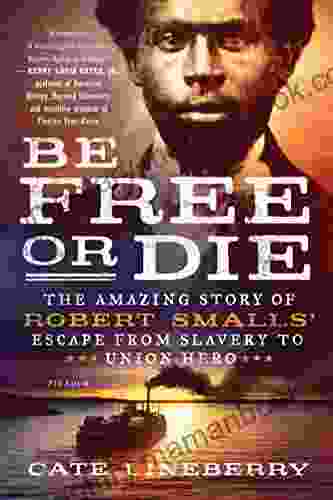
 Percy Bysshe Shelley
Percy Bysshe ShelleyThe Amazing Story Of Robert Smalls Escape From Slavery To...
The life of Robert Smalls is a testament to...
5 out of 5
| Language | : | English |
| File size | : | 1224 KB |
| Text-to-Speech | : | Enabled |
| Enhanced typesetting | : | Enabled |
| Print length | : | 122 pages |
| Screen Reader | : | Supported |



